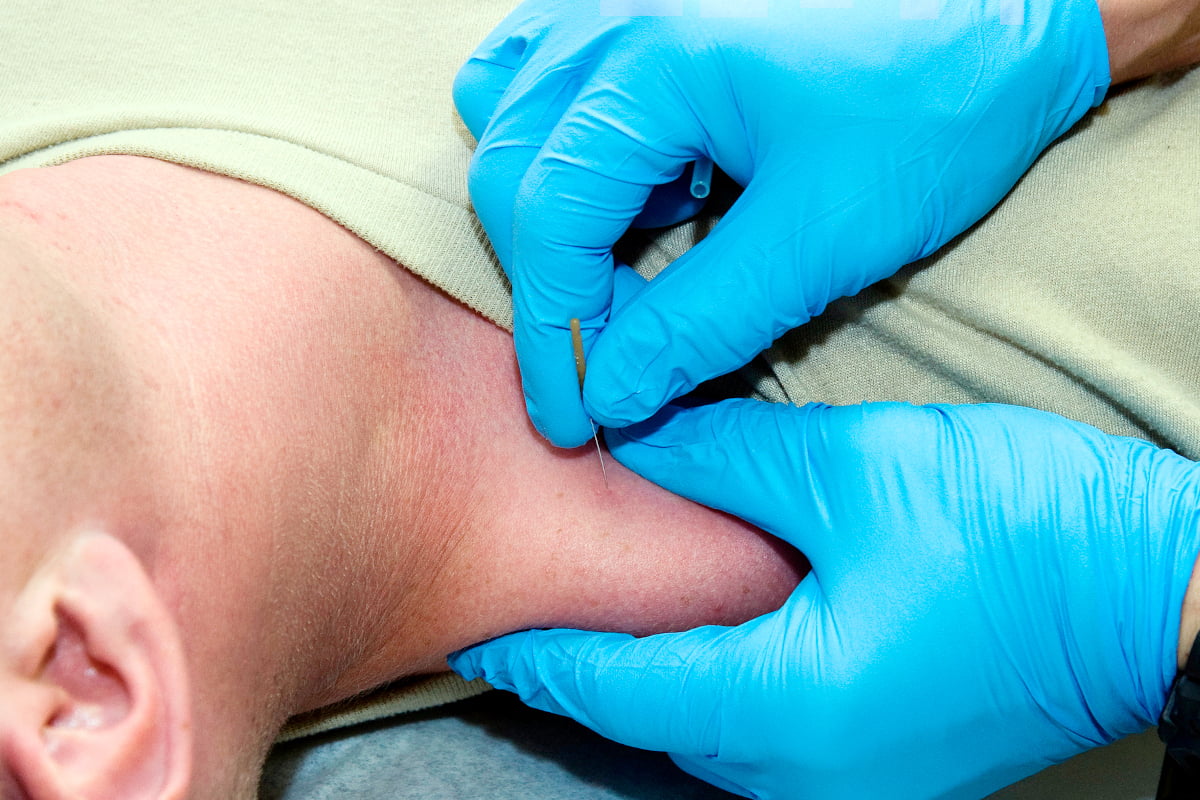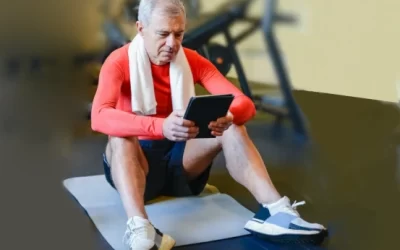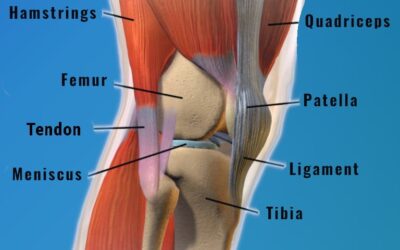What is dry needling?
Dry needling. Yes, I said DRY NEEDLING. The most recent buzz floating around the physical therapist realm. Is it effective and what does it do? Let’s look at why dry needling can lead to positive outcomes and the reason why it is worth attempting to mimic its work.
Dry needling is an inexpensive and minimally invasive modality in which a small acupuncture-like needle is commonly inserted into a muscle at the location of a myofascial trigger point (MTrP). A MTrP is a hypoxic and irritable spot in a palpable, taut band of skeletal muscle fibers. When a MTrP is stimulated, important clinical occurrences can be elicited: referred pain and a local twitch response .
U.S. Epidemiologic studies have shown that MTrPs were the primary source of pain in 30% to 85% of patients presenting in a primary care setting or pain clinic because of pain and despite this high incidence rate, there is evidence that MTrPs that cause musculoskeletal pain often go undiagnosed which may lead to chronic pain, muscle dysfunction, and additional pathology.
Effective pain relief techniques
There are several studies which claim that a combination of techniques, which promote MTrP release, is effective and ultimately achieves positive physiologic responses. Deep electrical stimulation, pin and stretch, active release therapy, foam rolling, muscle activation, and stretching activities to name a few. All of these methods can be achieved independently and effectively in the comfort of your own home and under your control.
Ischemic release is one strategy in particular, to promote altered blood flow and cellular metabolism to a specific portion of a muscle. This can potentially reduce hyperirritability, increase blood flow and encourage other healing properties. Applying gentle sustained pressure with or without muscular activation/movement can promote similar physiological benefits to dry needling and can aid in healing and recovery

Dry Needling
It is important to note common causes of MTrP’s which may include but are not limited to muscular malalignment, trauma, sustained postures, overuse and repetitive strain. No matter the technique utilized to reduce pain and those pesky nodules, it is critical to understand the potential stimuli which are likely causing the muscular tension, hypoxia and tautness.
Conclusion
Maybe you are a stay at home parent who carries their baby all day. You could be the one who works from home and sits at a desk for several hours. Perhaps you are retired and enjoy bowling a few times a week. It is important to note which musculoskeletal structures are stressed/strained repetitively in order to understand where you are at risk for developing these MTrP’s. With a conscious effort to strengthen and stretch appropriate musculature and promote ways to avoid malalignment, the evidence rate of these taught bands can reduce and in result, improve your quality of life.





0 Comments